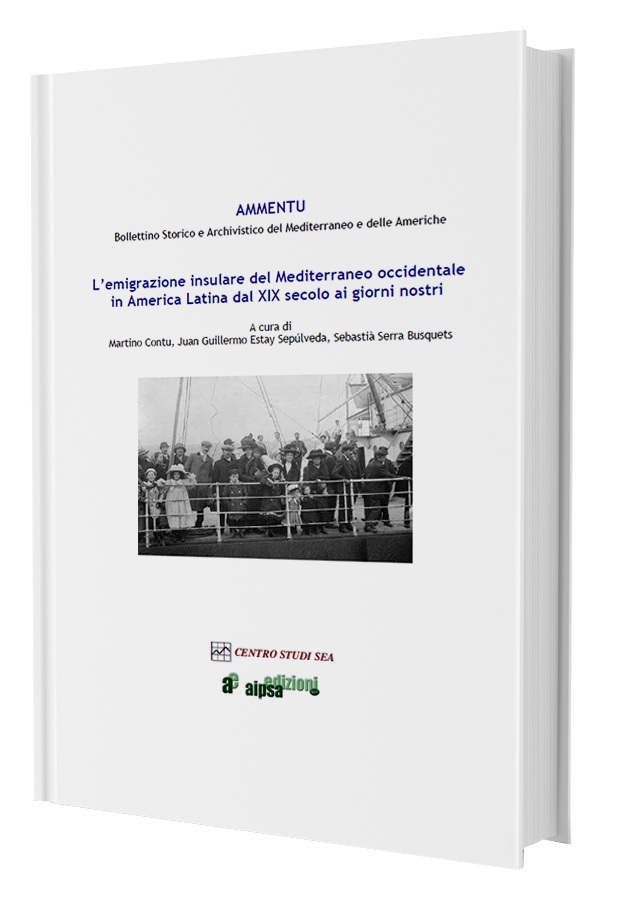Migration of fishermen, seamen and merchants from the Island of Capraia to Latin America in the XIX century
##plugins.pubIds.doi.readerDisplayName##:
https://doi.org/10.19248/ammentu.266Parole chiave:
Migration, Capraia, Corsica, Puerto Rico, Latin AmericaAbstract
Since the middle of the 16th century the Island of Capraia, located between the Island of Corsica and the coast of Tuscany, has been part of the Republic of Genoa. In the 17th century the inhabitants became fisherman, selling their catch as salted fish in Genoa, Corsica and Leghorn. In the first half of the 18th century with their small boats, called gondola, they developed an intensive mercantile traffic among Corsica, Genoa and Leghorn. Fishing and mercantile traffic brought to the island a sustainable economy with a growth of the population.Starting from the French revolution the inhabitants of Capraia were forced to leave their island due to the slowdown of the sea traffic and commerce with Genoa, Corsica, and the Tuscany coast.
In the first migration wave, between 1805 and 1820, the islanders moved first to Corsica and from there to France and Central America. A small group settled in the Island of Puerto Rico where from seamen they became small landowners. A second wave of migration, starting from the middle of the 19th century, was directed to South America, mainly Argentina, where they could make their living as seamen and merchants.
##submission.downloads##
Pubblicato
2017-12-30
Fascicolo
Sezione
I PARTE - L’emigrazione insulare mediterranea: il quadro generale
Licenza
Nota di copyright (=>sc)
Le informazioni sul copyright inserite sotto compariranno tra le informazioni della rivista e nei metadati di ciascun articolo pubblicato. Sebbene una rivista sia libera di determinare forma e sostanza del copyright agreement con i suoi autori, il Public Knowledge Project suggerisce l'uso di una licenza Creative Commons license. A tal fine, fornisce un esempio che puo essere copiato e incollato nello spazio qui sotto per le riviste che (a) offrono open access, (b) offrono delayed open access, or (c) non offrono open access. (=>sc)









